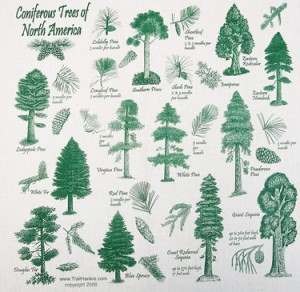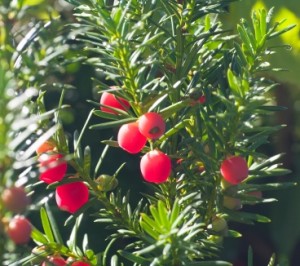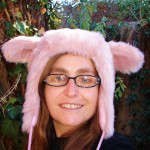
Trees for 2 & 2 for Trees by A.J Roche’
Conifers are resinous cone-bearing shrubs and trees. There are 35 conifer species native to the USA and Canada, including larch, pine, douglas fir, spruce, cedar, hemlock, true fir, juniper and  cypress. Most species are known as evergreen because of their ability to retain their leaves throughout the seasons.
cypress. Most species are known as evergreen because of their ability to retain their leaves throughout the seasons.
The inner bark of trees have long been harvested as food by the Native Peoples of North America. Harvesting bark from the Conifer trees has proven to provide nutrients for many species, including humans. Conifers are any of the numerous chiefly evergreen trees or shrubs of the class Coniferinal.
The inner bark of a conifer is easy to obtain year round and in large quantities. It is also easy to store. The bark is full of calories, starches, sugars and many other vital nutrients. The layer, known as the cambium layer, exists between the outer bark and the woody interior. This layer is the hub of transportation for all the nutrients throughout the tree.
Harvesting Conifers
In order to harvest a conifer, one must cut a 2 inch straight line across the trunk of the tree, through every layer of bark and down to the hard woody interior. Carefully use the edge of the knife to peel the bark away. The inner bark closest to the hard woody part of the tree is the most edible. Depending how hard it is, this bark can be eaten raw. You may also tear or cut the bark into strips and boil them for 10-15 minutes before consuming. An even better option, especially when water is scarce is to fry or roast the strips of bark. It will seem as if you are eating a crispy-like potato chip. You may also ground dried strips of bark into a flour substitute or soup base.
WARNING: EVERY part of the YEW tree, including the bark are extremely poisonous. YOU should never consume a YEW! A Yew can be identified by its distinct red berries.
On a side note, a tree that has been stripped of too much of its bark will DIE! Always look for fallen trees or larger branches!
You will find the young green shoots at the tips of the branches are delicious raw. The male pollen cones of a conifer can be very sweet. You can bake or boil the young cones to soften them. In the late summer to fall, pines have edible nuts inside the cones. These are full of nutrients and proteins. Pine needles can be used to make an aromatic tea. When making tea from pine needles, it is important to heat the water to its boiling point, and add the needles only after the water has been removed from the heat. Fresh young needles provide the best flavor and nutrients. Do not eat the needles and consume tea in moderation. PREGNANT women SHOULD NOT consume evergreen tea. Make sure to do an allergy test before consuming anything new to you!
Love and light and treeing right!
*****
[contact-form to=’communitypublishingabq@gmail.com’ subject=’Subscriptions’][contact-field label=’Enjoyed this article? Type in your email address to receive similar articles, no ads, no spam, no charge!’ type=’email’/][/contact-form]
A.J Roche’ is an Author and Creative Collaborator at Community Publishing. Community Publishing brings local artists of all mediums together in creative collaborations for distribution as Multimedia Books while promoting literacy in our communities.
#JoinOurCommunity at http://communitypublishing.org
Community Publishing is a proud partner at the Rail Yards Market.




















